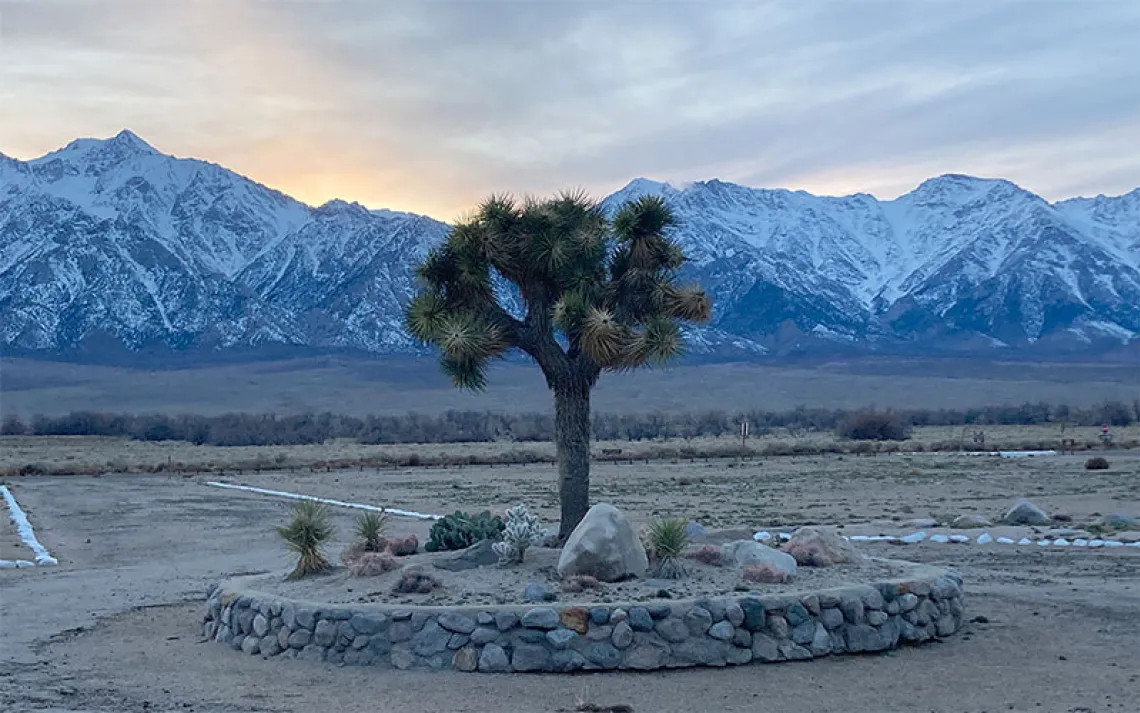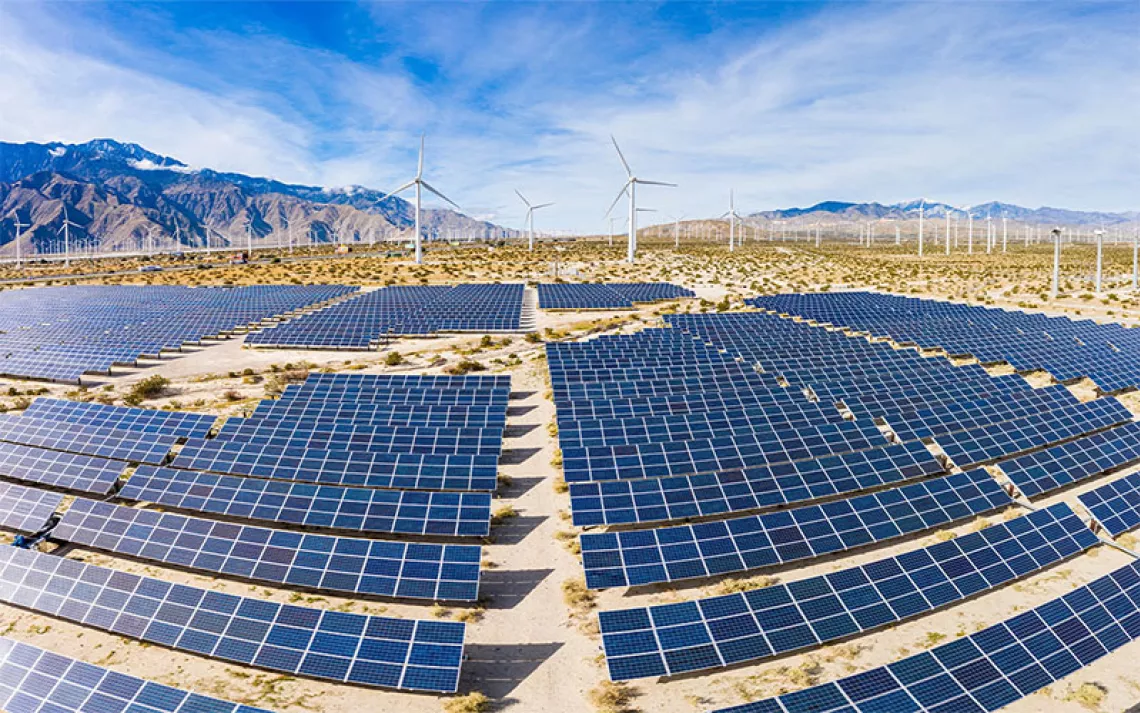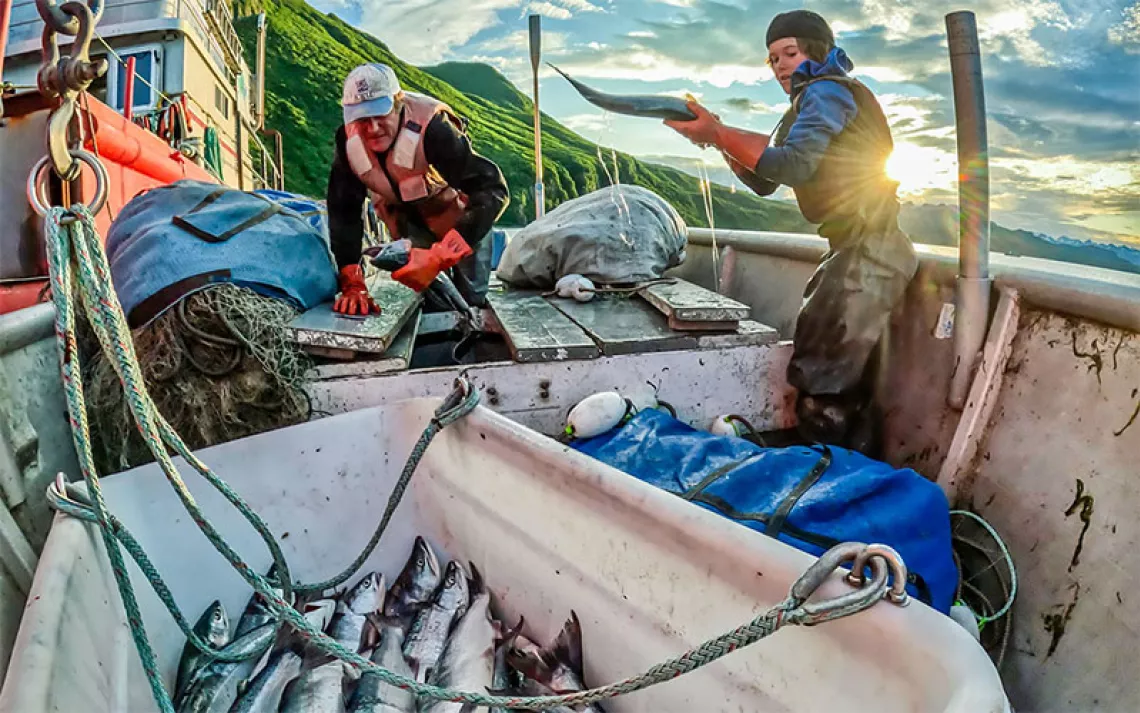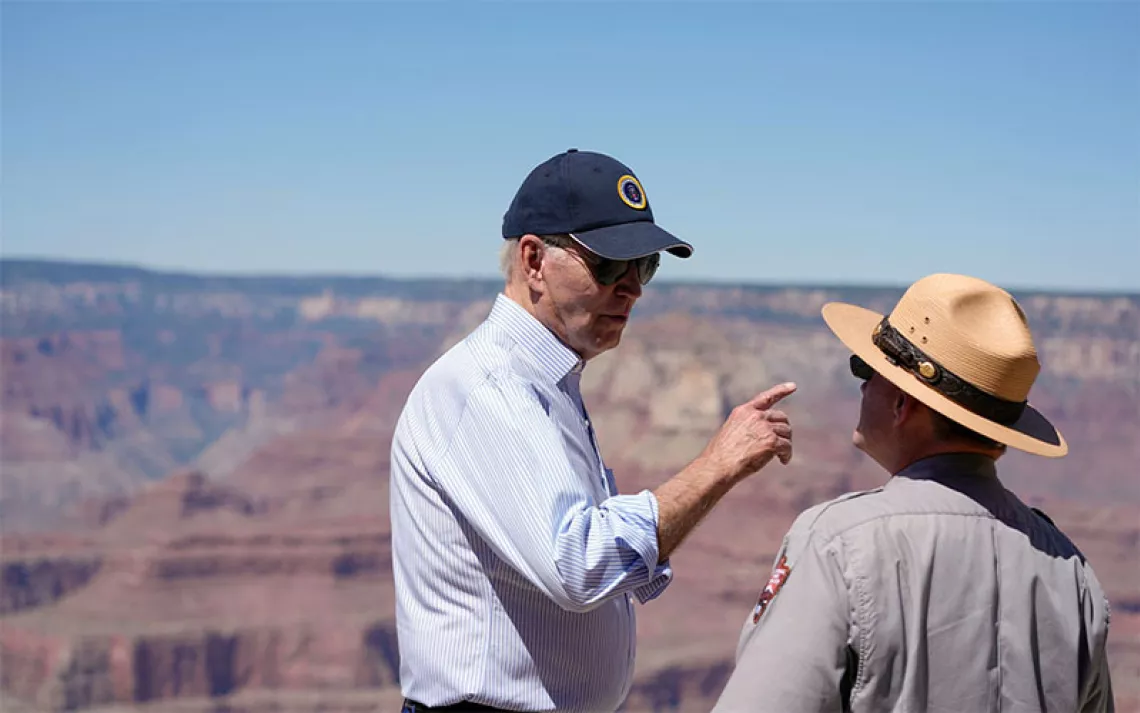How Utah’s Latest Lawsuit Could Shape Public Lands
Experts are worried the lawsuit could “upset the apple cart” of the American West
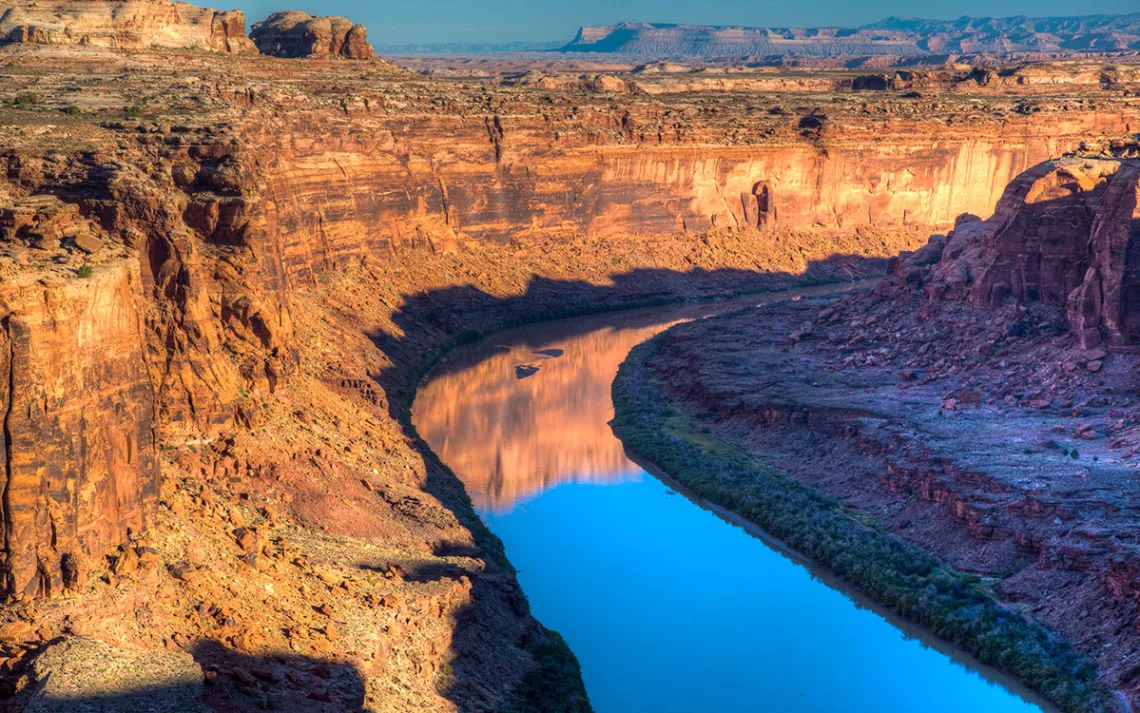
Photo courtesy BLM
No state is more famous for its outdoor recreation opportunities than Utah. With terrain ranging from deserts to evergreen forests and lots of seasonal variation, the state attracts hikers, skiers, climbers, cyclers, hunters, fishermen, and more. “It’s about perfect for all things outdoors,” says Dennis Goreham, the conservation director of the Utah-based Wasatch Mountain Club.
However, public access to Utah’s outdoor areas could be about to change. In August, the State of Utah filed a lawsuit with the Supreme Court calling into question the Bureau of Land Management’s right to retain ownership of 18.5 million acres of public land in the state. Among the lands involved in the suit are iconic places such as Labyrinth Canyon, Dirty Devil River, and the Fisher Towers. “This is just incredibly radical,” says Stephen Bloch, legal director of the Southern Utah Wilderness Alliance (SUWA). “Utah is trying to entirely upset the apple cart of how the American West is structured.”
This is not the first time that the state has challenged the federal government’s ownership of public lands. When Utah was founded in 1896, local leaders agreed that in exchange for statehood, just 7.5 million acres of land within its boundaries would become what are known as state trust lands, while 37.3 million acres would go to the federal government. Since signing over these lands, however, Utah has fought for ownership of them several times, most recently in 2015, with no success. According to Bloch, this new lawsuit is simply the latest in that battle.
According to John Leshy, a retired law professor at the University of California College of Law, San Francisco, who specializes in the constitutionality of public lands, “it’s a Hail Mary.” Today’s Supreme Court is arguably the most conservative it’s been in years, which could make it more likely to take Utah’s case. Bloch adds that it could have also been a play to garner support for Governor Spencer Cox, who won reelection in November. “There’s no better way in Utah to prove your bona fides with Republican voters than to stick it to the federal government,” he says.
In early December, the federal government filed an opposition brief against the lawsuit, in which they wrote that the case “lacks merit” and does not meet the criteria to bypass the lower courts in favor of the Supreme Court. On December 18, Bloch helped SUWA file a lawsuit against the State of Utah arguing that Cox and Attorney General Sean Reyes violated the Constitution in filing the public lands suit.
In a few weeks, the Supreme Court will announce whether it will take the case or not. If it doesn't, the case will likely go to a district court, where, according to Bloch, it will likely fail.
Unlike Utah’s previous attempts, which have aimed to claim ownership of all 37.3 million BLM-managed acres, this lawsuit targets what it calls “unappropriated lands.” Stand for our Land, a website and campaign launched by the Utah state government to explain the lawsuit to the general public, defines unappropriated lands as public land not designated as national parks, national forests, national monuments, tribal lands, or wilderness areas. However, Leshy says the designation is confusing at best. “There is no standard legal definition of appropriated public land,” he says. “They’re really just making this up, and they’re not explaining it with any kind of detail.”
The Stand for Our Land website claims that the federal government is holding the unappropriated lands “without any designated purpose,” the constitutionality of which is called into question by the lawsuit. However, according to Goreham this is far from true. The BLM is mandated to manage public lands to equally account for a set of multiple uses, which include energy development, livestock grazing, mining, outdoor recreation, and conservation in areas designated as being of critical environmental concern.
To protect sensitive habitat, BLM has closed a few roads that would typically be open to vehicles. According to Bloch, only a small fraction of BLM-managed roads are closed, and there are still hundreds open to vehicles and e-bikes. However, the Stand for Our Land campaign has made these closures a huge part of their advertising, with one video depicting a disappointed family in a campervan being turned away by a "no entry" sign. “Utah is so unused to seeing the BLM close routes that they’ve kind of lost their minds about it,” he says.
If the Supreme Court were to rule in Utah’s favor, Goreham isn’t sure the state could deliver as effective of a management plan as the BLM. “There's no reason to believe the State of Utah would be any better [than the BLM],” he says. “In fact, there's plenty of reasons to think they would not be as good stewards of the land, and they could negatively impact recreation on public lands.”
Franque Bains, the Utah state chapter director of the Sierra Club, agrees. “The state has not outlined how they will be a conscientious environmental steward of these public lands, how they will work to protect the spaces for the wildlife that depend upon them and the fragile ecosystems that are housed upon these lands,” she says.
Part of the problem is that the state would likely not be able to afford to manage the 18.5 million acres they are fighting to own. According to Caitlin Curry, the vice chair of the Utah Chapter of Backcountry Hunters and Anglers, Utah has sold more than half the original 7.5 million acres of state trust land to fund management of the rest. “To me, that’s quite indicative of the situation we’d be in should all the BLM acres come under the state’s jurisdiction,” she says.
If the state can’t afford to manage these lands, according to Goreham, many of them would likely be sold to private developers, and those that weren’t would be managed very differently. If the BLM isn’t managing the land, there is no mandate to make space for outdoor recreation or conservation, which to Goreham signals that the land would likely go to more profitable uses like energy extraction and grazing. “The State of Utah doesn’t look at public lands from a preservation point of view; they look at them from an economic point of view,” he says. “If they end up with these lands, you can bet there will be restrictions on public use.”
Bains agrees. “It is hard to see how development and ease of access to lands for the purpose of development is not at the forefront of the motivations for this strategic land grab,” she says.
According to Curry, the consequences of this lawsuit stretch beyond the state of Utah. “Other Western states have been paying attention to this lawsuit,” she says. Like Utah, many Western states sport high percentages of federally owned public land, with some like Nevada being over 85 percent owned by the federal government. Should Utah win this lawsuit, it sets a precedent for other states to follow in their footsteps. Idaho, Alaska, Wyoming, and the Arizona legislature have all filed an amicus brief urging the Supreme Court to take the case, and to take Utah’s side when they do. “You can’t look at this as a Utah issue; this is a national issue,” Curry says. “If you value public land, this will affect you.”
For Curry, who is an avid hunter and outdoorswoman, access to public lands was the main reason she moved to Utah from New York. “I was dreaming of big adventures,” she says. “In Utah, there’s an adventure around every corner.”
If the state takes over, Curry is worried that adventure will become much more difficult to find. She urges Utahans and anyone who values being outdoors to consider the implications of Utah’s lawsuit, and weigh if their gripes with BLM’s current management are enough to justify giving the land away to the state. “It’s not worth throwing the baby out with the bathwater,” she says. “Once [our public lands] are gone, they’re not coming back.”
 The Magazine of The Sierra Club
The Magazine of The Sierra Club
